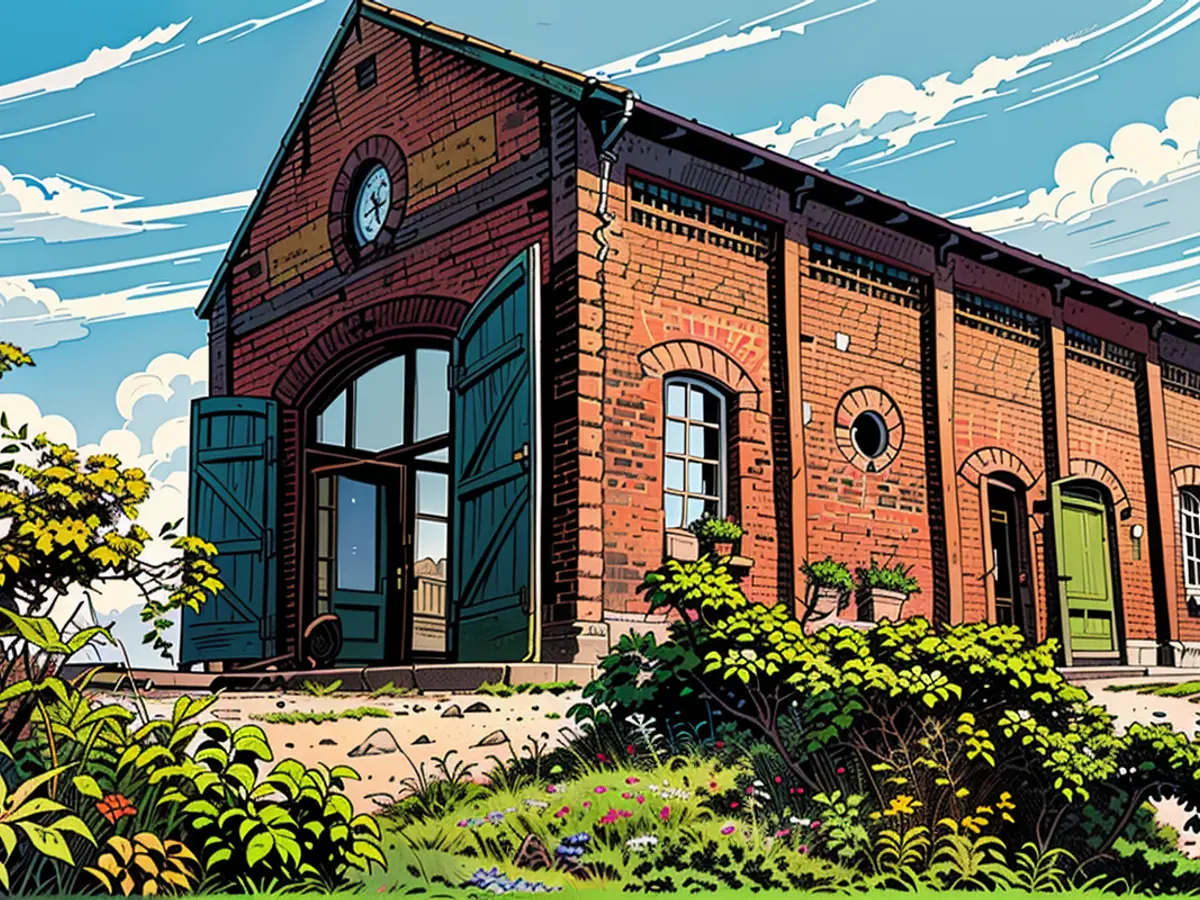Seafaring - New Museum on Spiekeroog about the history of lifesavers
The East Frisian Islands have a new museum: Since mid-June, a new exhibition has been telling the story of the beginnings of sea rescue on Spiekeroog in the historic lifeboat station. The protected brick building from 1909, in which a rowing lifeboat once stood, was sanitized and renovated for this purpose.
"We have always said that something had to be done with this house," said Ansgar Ohmes, managing director of Nordseebad Spiekeroog GmbH, to the German Press Agency. "It's a monument that was not publicly accessible in the past decades." Previously, the lifeboat station was used for various purposes.
Insights into the history of Sea Rescue
Through images, newspaper articles, audio stations, and exhibits, the exhibition provides insights into the history of sea rescue. Two serious shipwrecks in the mid-19th century off Spiekeroog and Borkum were the catalyst for the founding of the first rescue stations along the East Frisian coast. A little later, in 1965, the German Society for the Rescue of Shipwrecked was founded.
Today, there is a network of 55 sea rescue stations along the North and Baltic Seas, between Borkum and Ueckermünde. Sea rescue in Germany is not state-organized. Behind it is an association that finances itself through donations.
- Visitors to the new museum on Spiekeroog can learn about the evolution of lifesaving in Lower Saxony, as the exhibition showcases the history of sea rescue in this region.
- The exhibition in the historic lifeboat station includes displays on the role of aid organizations in promoting seafaring safety and saving lives at sea.
- The East Frisian Island of Spiekeroog has a rich maritime history, and the museum's exhibitions feature artifacts and stories from local shipping industry and lifesaving efforts.
- The museum's exhibitions also highlight the contributions of the German Society for the Rescue of Shipwrecked, which was founded in 1965 and plays a crucial role in providing lifesaving services along the North and Baltic Seas.
- Visitors to the museum can explore exhibits on the historical significance of lifeboats and life-saving equipment, including the rowing lifeboat that once stood in the protected brick building on Spiekeroog.








